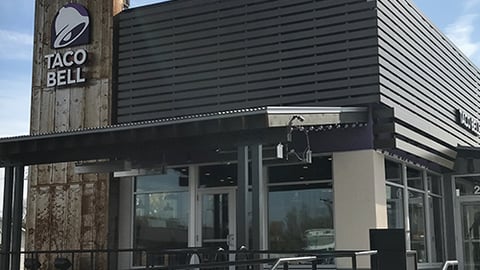Learn How Restaurant Data Has Revolutionized Both Back- and Front-of-House Operations
Data has become crucial to a restaurant’s performance. It can shine light on inefficiencies including over-ordering, under-staffing, and various sectors of operations that, when inefficient, can lead to a restaurant’s eventual failure. As technology and data begin to play a larger role in the restaurant space, there is an opportunity for restaurants to completely maximize efficiencies and make smarter business decisions. This article from Rosnet will discuss how restaurants could best use data to improve operations.
Food waste is a growing concern in the restaurant sector. Each year nearly 63 million tons of food is wasted annually in the U.S., according to a study released from non-profit ReFED. With these shocking numbers, restaurants are beginning to focus on the growing issue of food waste and they are starting with inventory. Gone are the days of inventory tracking through pen and paper or pars and assumptions, but instead, restaurant operators are able to crunch numbers through various technological platforms that compile easy-to-use data.
The inventory process is as simple as restaurant operators inputting each ingredient into the system and tracking sales through the POS system in order to compile data on inventory. Data can provide insight down to whether a restaurant should order their produce pre-sliced or whole based on market prices and the cost of labor. By honing in on inventory management, restaurant owners not only know what is left in the back of house, but how to best prepare for the following week. For example, the data can show trends in ordering and if the operator should plan to stock up on liquor, because historically liquor sales went up on Tuesdays when the restaurant allows kids to eat free. Technology enables restaurant operators to spend less time individually counting barrels and bins in back of house, and trying to piece together trends in ordering, and to put their focus elsewhere.
When it comes to the front of house, operators are able to utilize data to staff their restaurants efficiently. For example, if an operator is looking at their traffic the morning of St. Patrick’s Day, the anecdotal data might show that 30 percent more customers were noted on the guest traffic monitor. This gives the operator a chance to plan ahead, scheduling more servers to accommodate the anticipated rush. On the flip side, it eliminates the issue when the restaurant is over-staffed and servers are left with fewer tables and lower tips.
Piecing together trends for one restaurant can be a feat, but when it comes to multi-unit operators, it is an entirely different ball game. Managing inventory and trends across hundreds of restaurants at once can be almost impossible without the aid of technology. A restaurant operator may notice that in a market with four locations, one location is seeing a major decrease in inventory of a certain item, and after investigating further, realizes the same cashier has been ringing the same promotion with a cash payment. The data is able to shine light on fraud taking place at the restaurant that would have otherwise gone unnoticed.
The restaurant space is continuously evolving, leaning heavily on the strong technology solutions in the space. Customers no longer have to fear slow service because an operator does not have the time to put his or her focus on both front and back of house. In turn, customers are able to have a completely customized experience because of the advanced data that is tracked throughout the restaurant. The rising cost of food and labor is a big conversation in the restaurant industry right now and with data, operators are able to have a 360-degree view of what is happening in the restaurant and in turn maximize efficiency and profitability.



